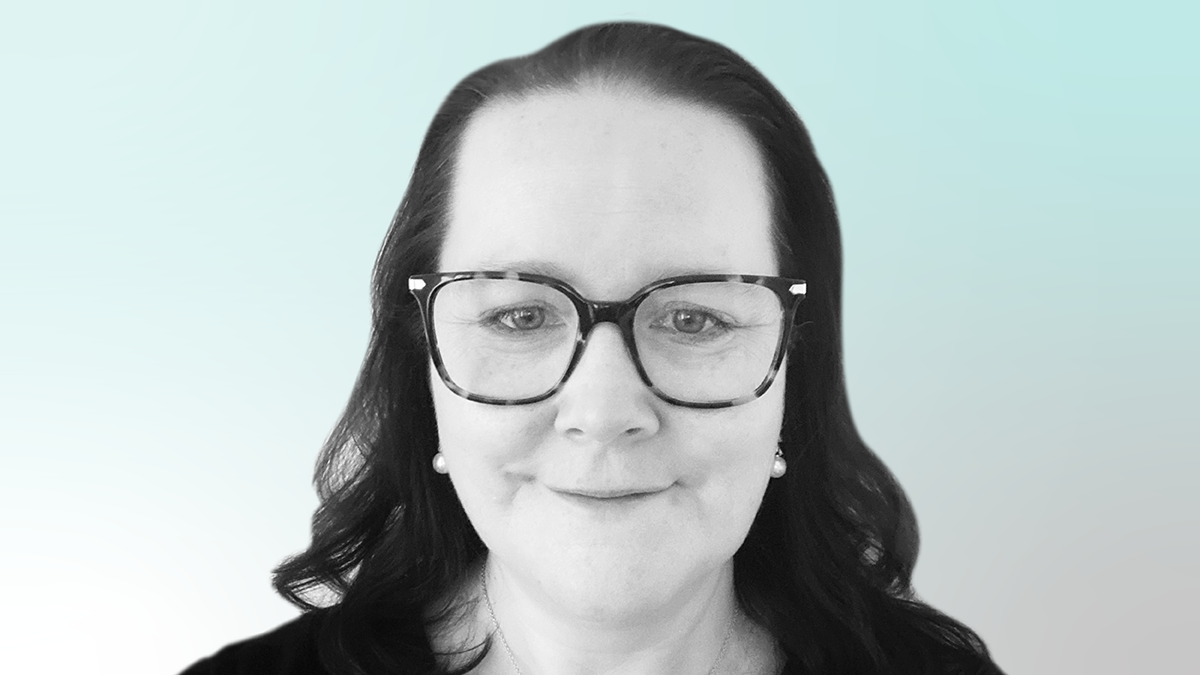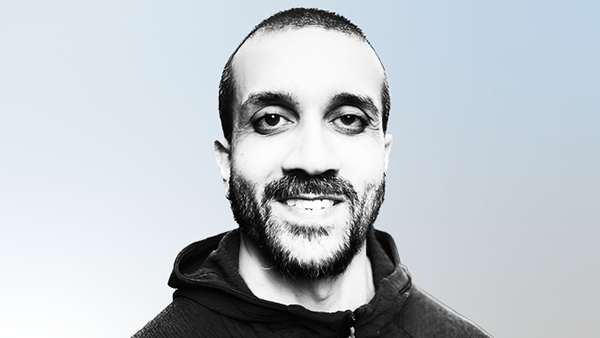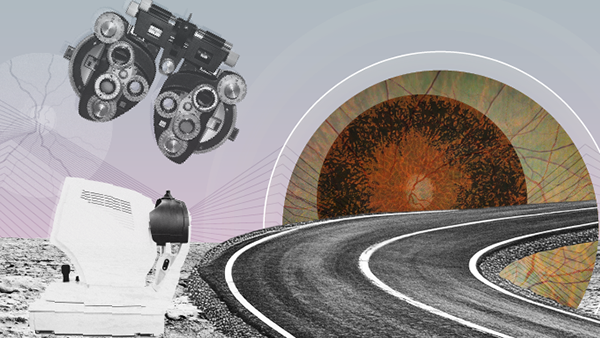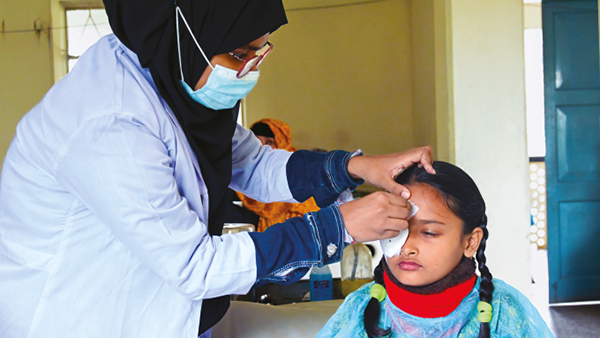You are viewing 1 of your 3 articles before login/registration is required
Around the World in 80 Optometrists: The Swedish View
Looking back on 25 years as an optometrist – and forward to developments that will cement the profession at the forefront of eye care in Sweden.
Twenty-five years! Yes, this spring it will be 25 years since I received my optometry degree from the Karolinska Institute (KI) in Stockholm. I can still remember the panic of that first lecture in optics at the Royal College of Technology in Stockholm (KTH), where I understood absolutely nothing. “This is not going to work out,” I thought. But somehow I got through three years of schooling, preferring the medical side of the syllabus at KI rather than the physics and optics at KTH where, for instance, the standard of math was at a level I feared was beyond my capability.
After graduation, I embarked on my first job in a store that was part of a smaller chain called Ögat (The Eye). After a year, I moved to a larger store in the same chain, and this felt rather like going back to school – I now had two mentors, Anna Lindskoog Pettersson and Anette Lindsted, who taught me everything I know about contact lenses. I don’t think I’d be the optometrist I am today without their help.
After 12 years at Ögat, which by then had changed its name to Synoptik, I joined a Specsavers store in Tumba, which is quite a long way from my home in Täby. But 13 years later, I’m still there – and I think that speaks volumes. You don’t travel for more than two hours a day if you don’t like your workplace and your colleagues.
In 2018, I went back to university for a year. In the time since I’d first graduated, the education of opticians/optometrists in Sweden had changed dramatically. What had been a post-secondary-education course was now a three-year study program, leading to a Bachelor’s Degree of Medical Science with a Major in Optometry. To use diagnostic eye drops, optometrists now need to complete a fourth year and gain a Master’s Degree in Medical Science with a Major in Optometry or take a course in Diagnostic Optometry. My employer offered me the opportunity to take the latter option with full pay – and I was happy to accept.
It was an intense year to say the least, working while studying, but I completed the course and gained my master’s degree. Fortunately, I had just finished my schooling when COVID-19 hit Sweden in March 2020.
In the first couple of weeks of COVID-19, the flow of customers came to an almost complete standstill. But Specsavers responded quickly and did the best it could to create a safe environment for both staff and customers, so it didn’t take long for customers to start coming back. By the summer, we had almost returned to normal working normal hours. It took rather longer for the business side to recover, but we’re now more or less back to pre-pandemic levels.
Looking back on my 25-year career, it’s clear that things have changed a lot. When I left school, optometry was considered a “craft.” Today, it is ranked as a medical profession, with nearly 25 percent of all optometrists working within the health sector rather than the retail sector. And things are still changing. Optometrists now have access to more technology – such as perimetry and OCT – and the Optikerförbundet (the Swedish Association of Opticians) is working on new guidelines that set out what optometrists are allowed to do.
Currently, there are three separate statutes – totaling about 20-25 pages – which place some complex limitations on what optometrists/opticians can and cannot do. For example, we are not allowed to touch the eyes – contact lenses being the obvious exception. We can examine a child under eight years old, but not prescribe glasses for them. But we are allowed to prescribe contact lenses for children under eight. The new guidelines under discussion consist of only two pages, simply stating that we can do what we feel we are competent to do. For example, if you want to work with diagnostic eye drops, you have to demonstrate good knowledge and skill in eye diseases and diagnostics, neuro-ophthalmology, ocular pharmacology, and paediatric optometry.
These new guidelines – which will hopefully come into effect on January 1, 2024 – will give more personal responsibility to the optometrist, which could be a little daunting, but finally we’ll be able to do what we are able to do. To prepare for this step, Specsavers has begun collaborating with an eye clinic, Memira. Optometrists can send fundus images to the clinic, if they are unsure about referring a patient. This is already a great help – more will be even more useful in the years to come.
The eye care sector – like the rest of healthcare in Sweden and around the world – is facing a significant increase of elderly people. Resources need to be used in the right way to ensure that patients get the best possible care, so it will be increasingly important for optometrists to play their part by avoiding unnecessary referrals. In short, patients who really need help will get it quicker. But this will also require co-operation from patients – they will need to know and accept that optometrists are the first responder when it comes to eye care.
The New Optometrist Newsletter
Permission Statement
By opting-in, you agree to receive email communications from The New Optometrist. You will stay up-to-date with optometry content, news, events and sponsors information.
You can view our privacy policy here
Most Popular
Sign up to The New Optometrist Updates
Permission Statement
By opting-in, you agree to receive email communications from The New Optometrist. You will stay up-to-date with optometry content, news, events and sponsors information.
You can view our privacy policy here
Sign up to The New Optometrist Updates
Permission Statement
By opting-in, you agree to receive email communications from The New Optometrist. You will stay up-to-date with optometry content, news, events and sponsors information.
You can view our privacy policy here







